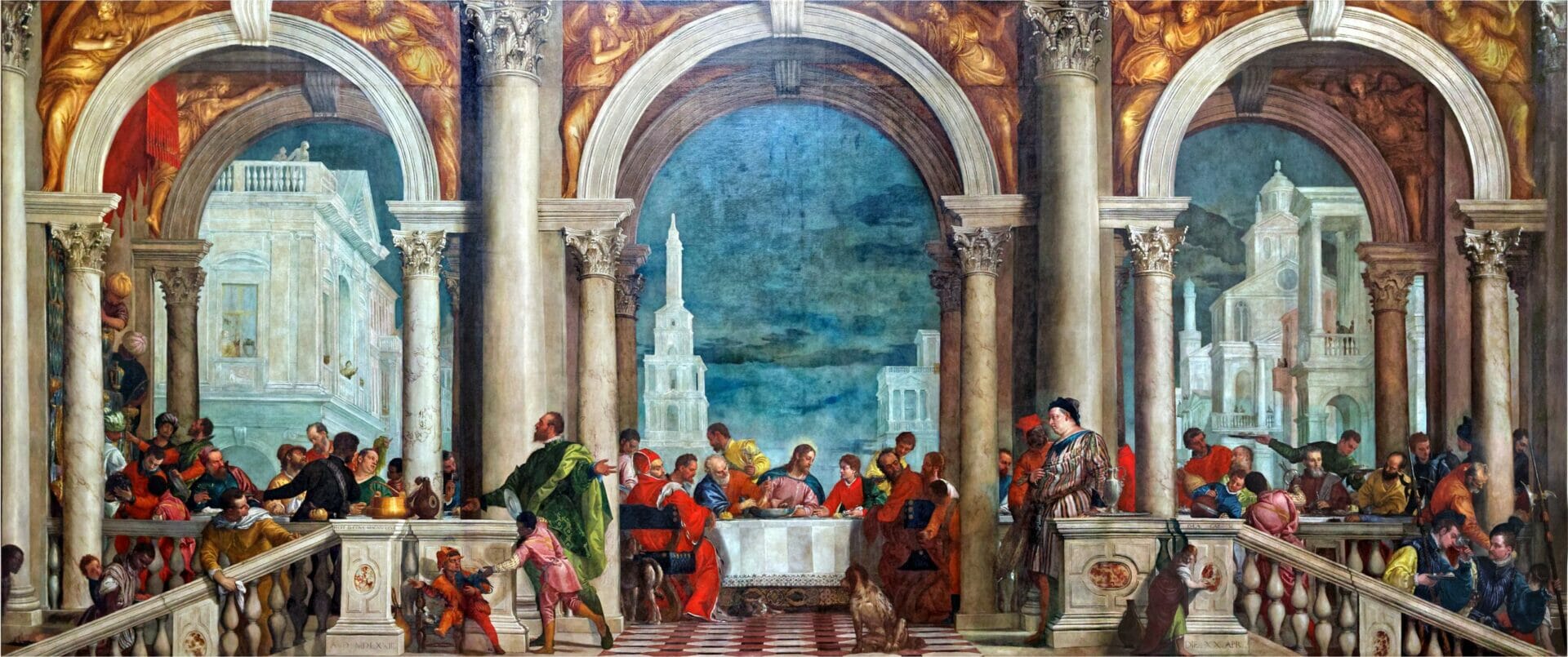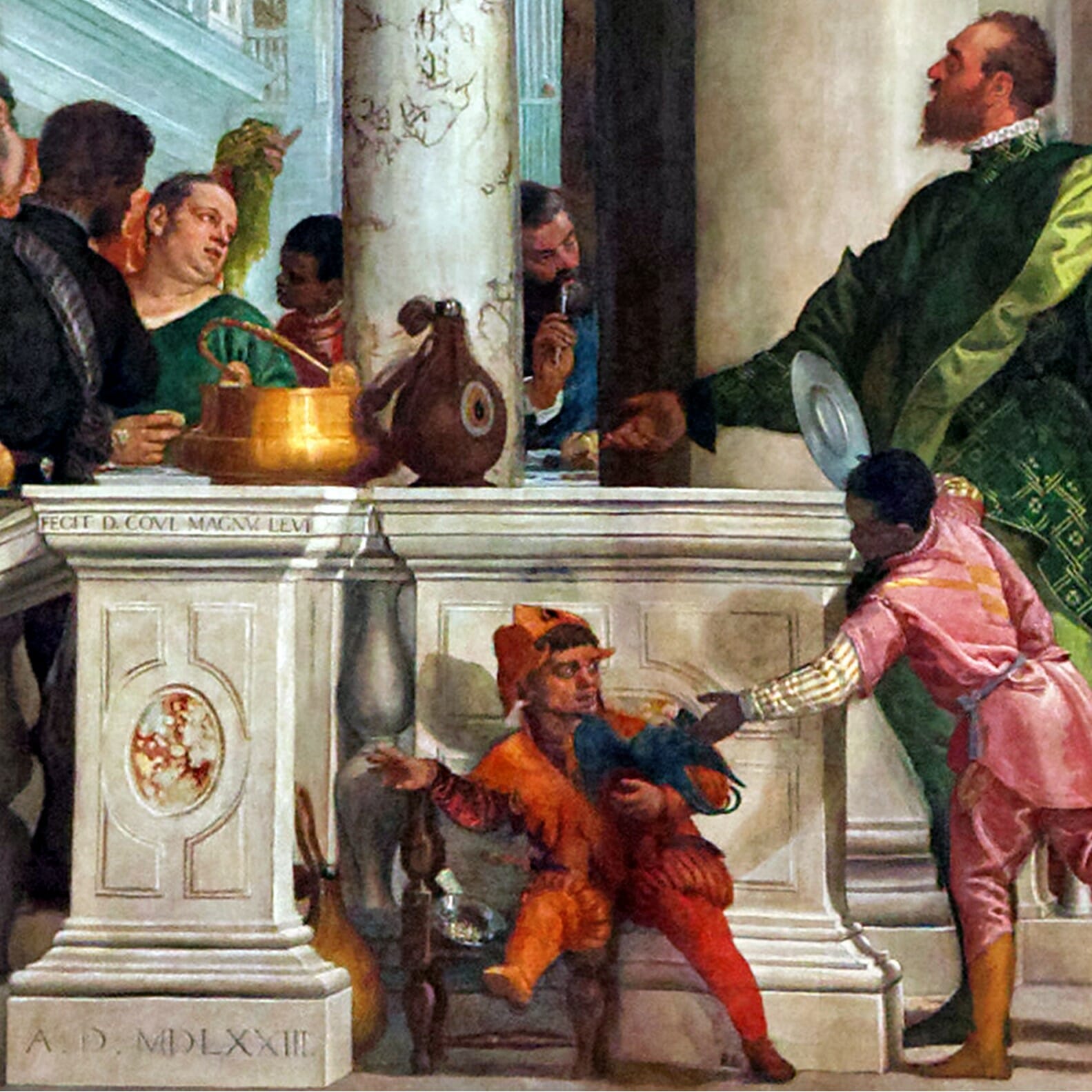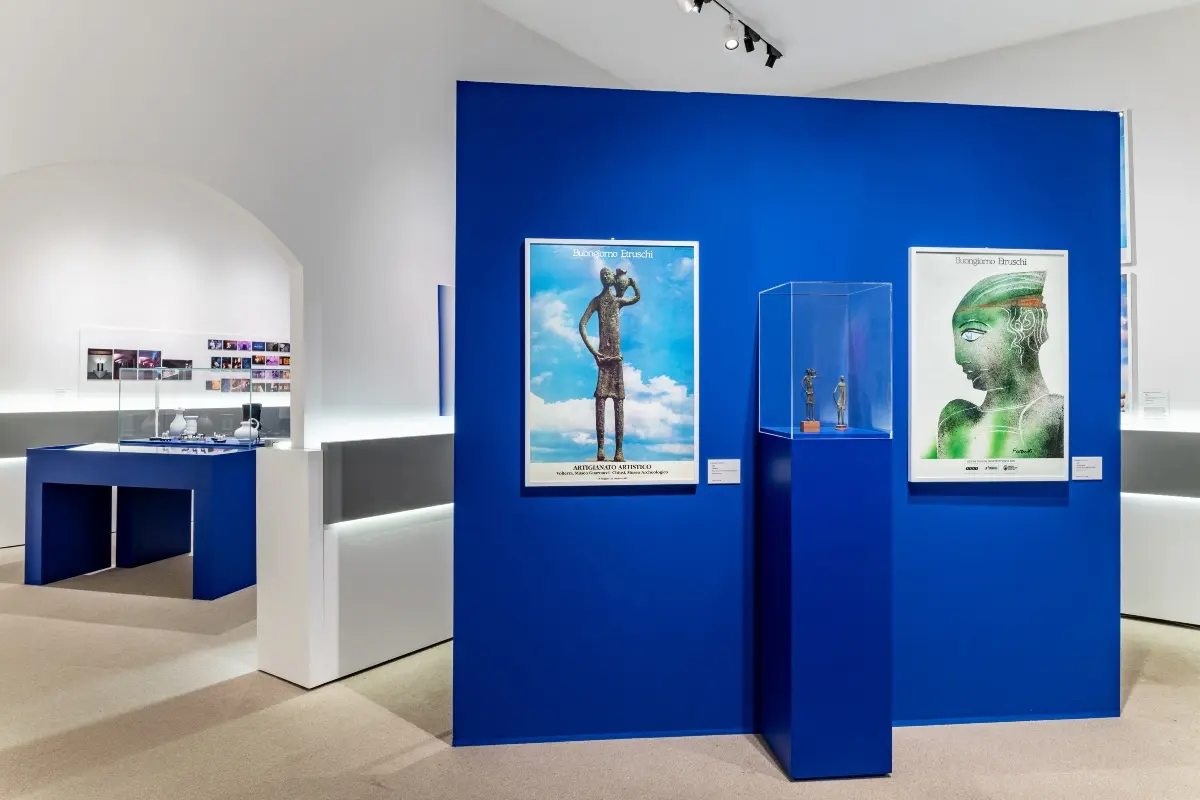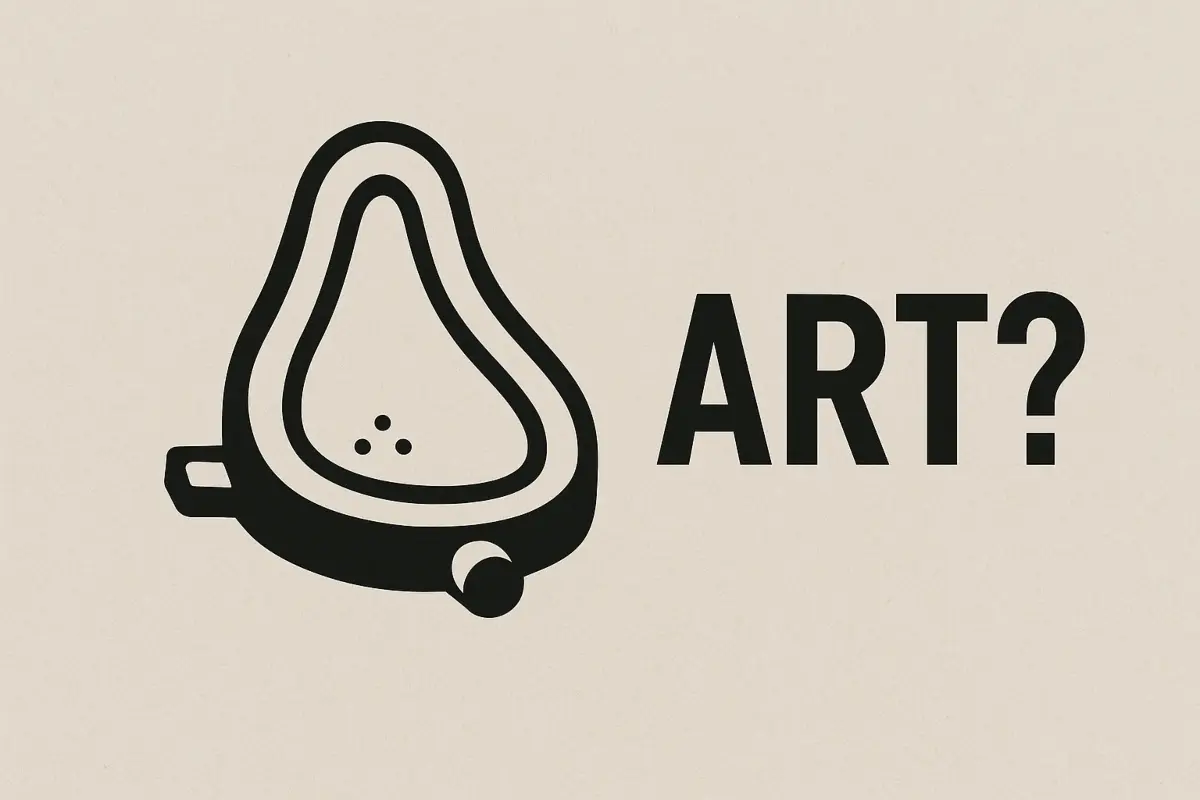
The Feast in the House of Levi | The power of being disruptive
Artist
Year
Country
Format
Material/Technique
In 1573, the Renaissance artist Paolo Veronese painted The Feast in the House of Levi to depict the episode of the Last Supper, a painting which would become one of the most contentious art works of the sixteenth century.
By the age of fifteen, in 1543, Paolo Veronese’s painting and use of color were already extremely proficient and advanced. Even though still an apprentice, he was already beginning to paint parts of an altarpiece in Verona by himself. By his late teens, he was being commissioned by churches to produce entire works: over a fifty-year period till his death in 1588, he would paint more than seventy major pieces.
A monumental and vibrant Last Supper
In 1573 the Dominicans of the convent of Saints John and Paul in Venice commissioned Veronese to paint a Last Supper scene. They wanted a traditional biblical scene to replace one previously painted by Titian that had been destroyed in a fire. The painting was destined for the monks’ refectory, where they ate. So, inspired by his previous work, The Marriage at Cana, Veronese went to town. He created a 73 square meter work, one of the largest ever painted in the 16th century.
He filled it with primary and subsidiary characters, color, movement, superb portraiture, a vast sweeping pictorial narrative, at the center of which is the figure of Christ at a banquet. The scene refers to a passage in the Gospel of St.Luke. Veronese has filled his painting with Roman architecture and multiple characters: not just the apostles, Jesus, Judas Iscariot, but a dwarf jester, children, a cat and dog, drunken German soldiers, an apostle picking his teeth with a fork. The canvas swarms and swirls with activity, and is far from the classical ones, which have intimate and solemn tones, like Leonardo da Vinci’s The Last Supper.

Painters, poets, madmen and the freedom of Art
Religious painting in Italy, like Veronese’s proposed Last Supper scene for the monks’ refectory, was regulated by the carefully adhered-to rules of The Council of Trent. They forbade excessive use of decorative or aesthetic elements in canvases in case they detracted from the focal religious message. Veronese found himself called to face the six-member Holy Tribunal of Venice, headed by an Inquisitor. Their aim was to maintain a harmonious status quo both political and religious between the Vatican and the Venetian Republic. They said that the addition of such perceived ephemera as jesters and drunken soldiers proscribed Veronese’s work as being a fitting representation of The Last Supper. Pressed by questions, the artist declared that “painters take the same liberties as poets and madmen take”. With this statement, he stated that there was no sinful intent in his representation.
So he was ordered to change the painting. But ultimately he simply kept it extant but altered the title, to The Feast at the House of Levi, who was the future apostle Matthew. This is the moment when Jesus announces, at a banquet, that one of his disciples will betray him. The Tribunal of Venice allowed the matter to rest there, and four hundred and fifty years later, the painting is now in the Gallerie dell’Accademia in the same city.

Image courtesy of Wikimedia Commons, Public Domain
Innovative dimensions of Christ’s Passion
With its crowded and vivid scene, the Veronese’s Feast in the House of Levi would be the musical Jesus Christ Superstar. Both works represent episodes of the Gospel and give a new and unique interpretation of it. The innovation lies in the language used: colorful and multiform in Veronese’s work, with a rock sound and dance in the case of Andrew Lloyd Webber’s musical.
The two authors intend to tell the Passion story using non-canonical languages, closest to people. This way, they gave a new perspective to one of the most well-known stories of all time.
Tag
Buy a ☕ for Hypercritic










